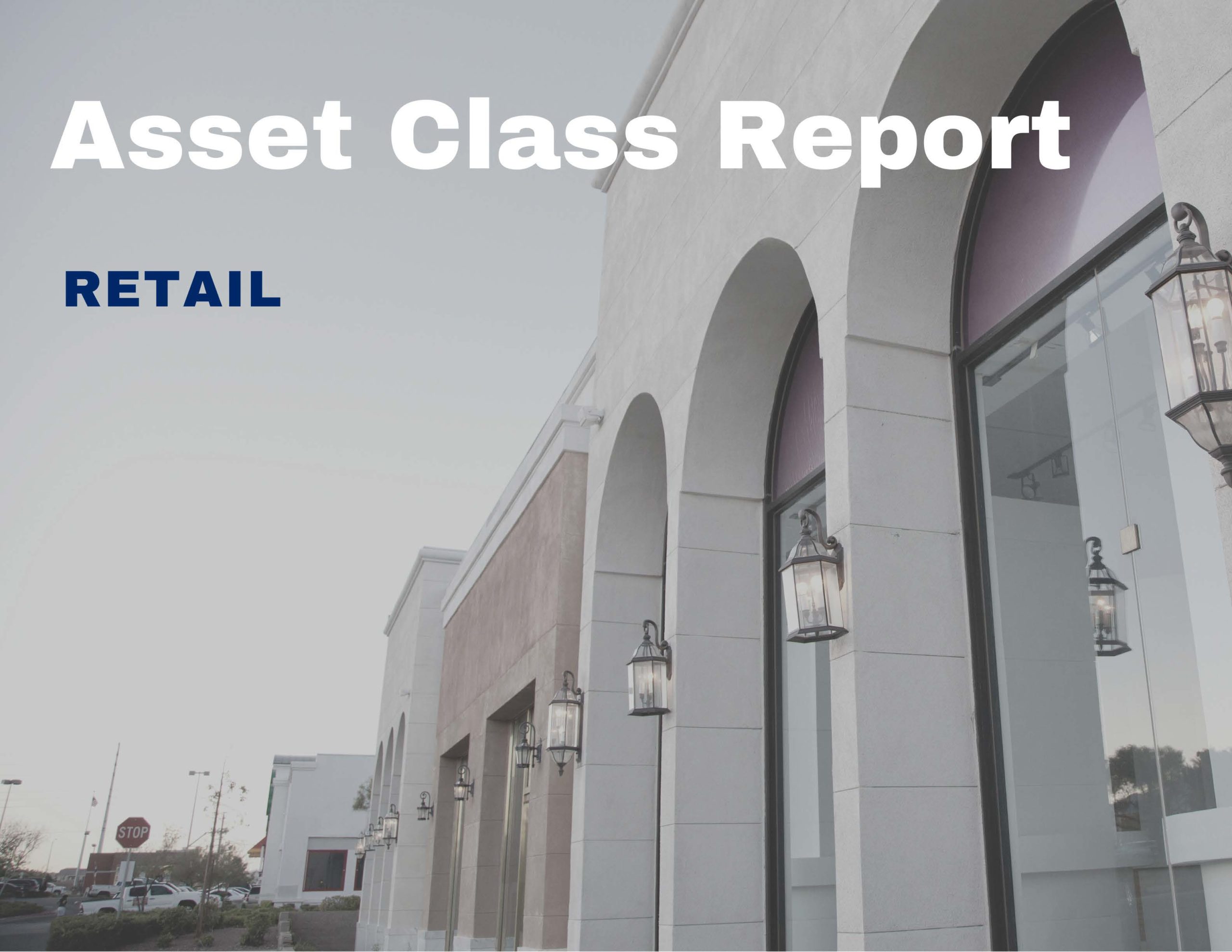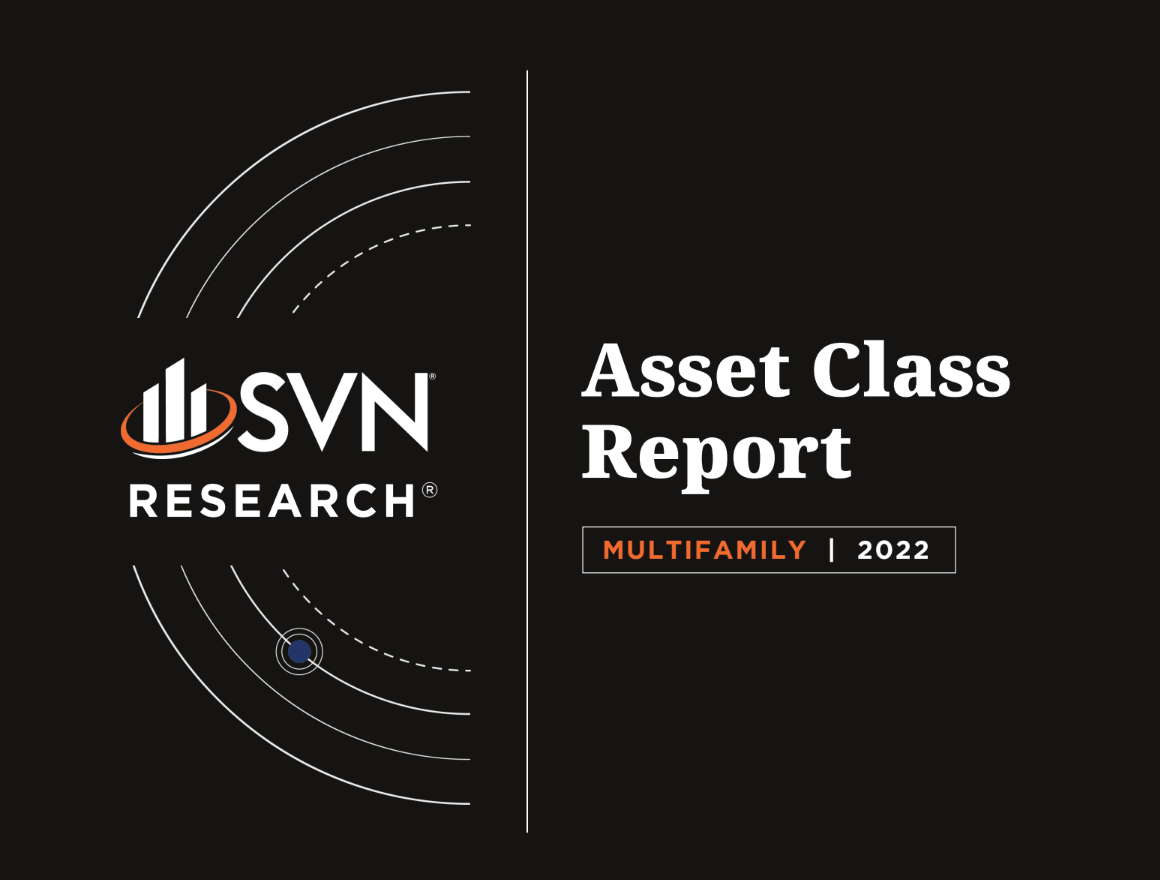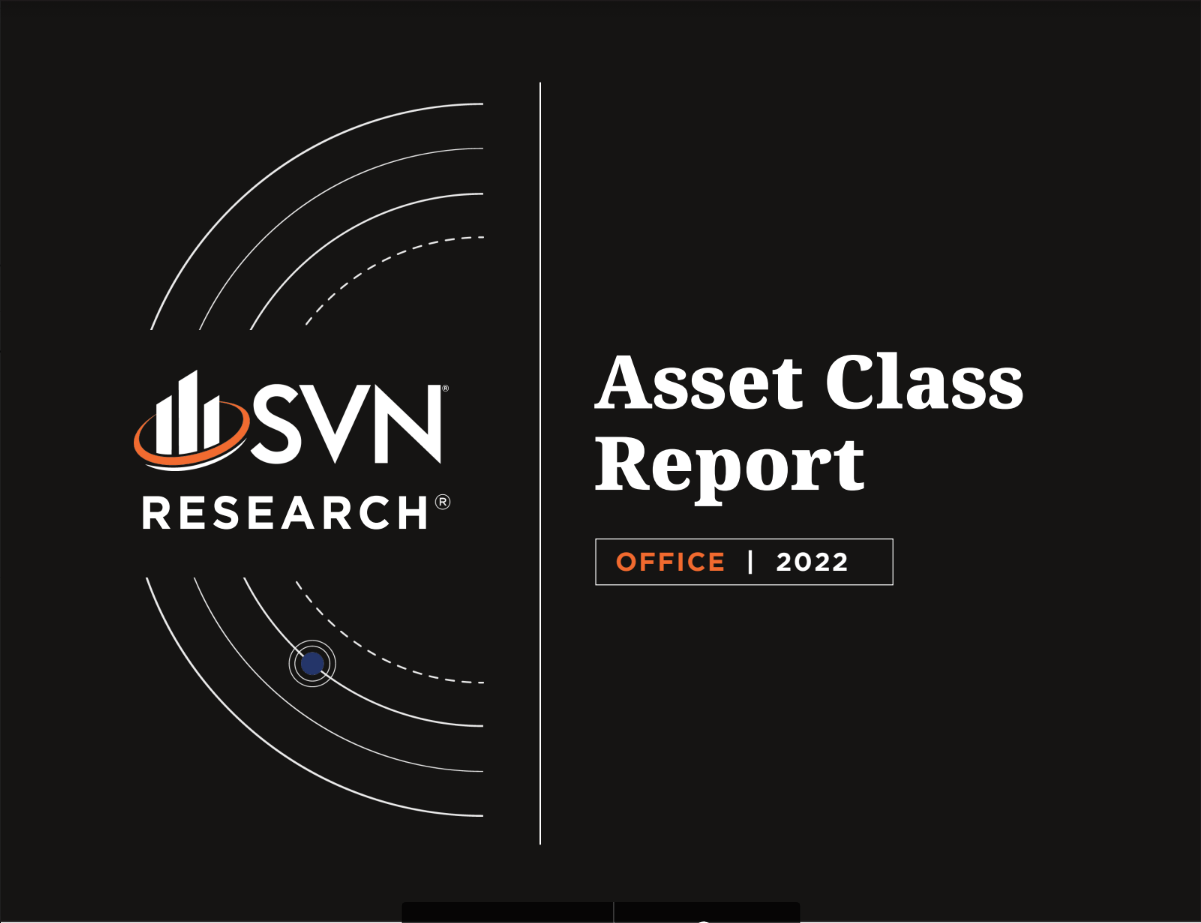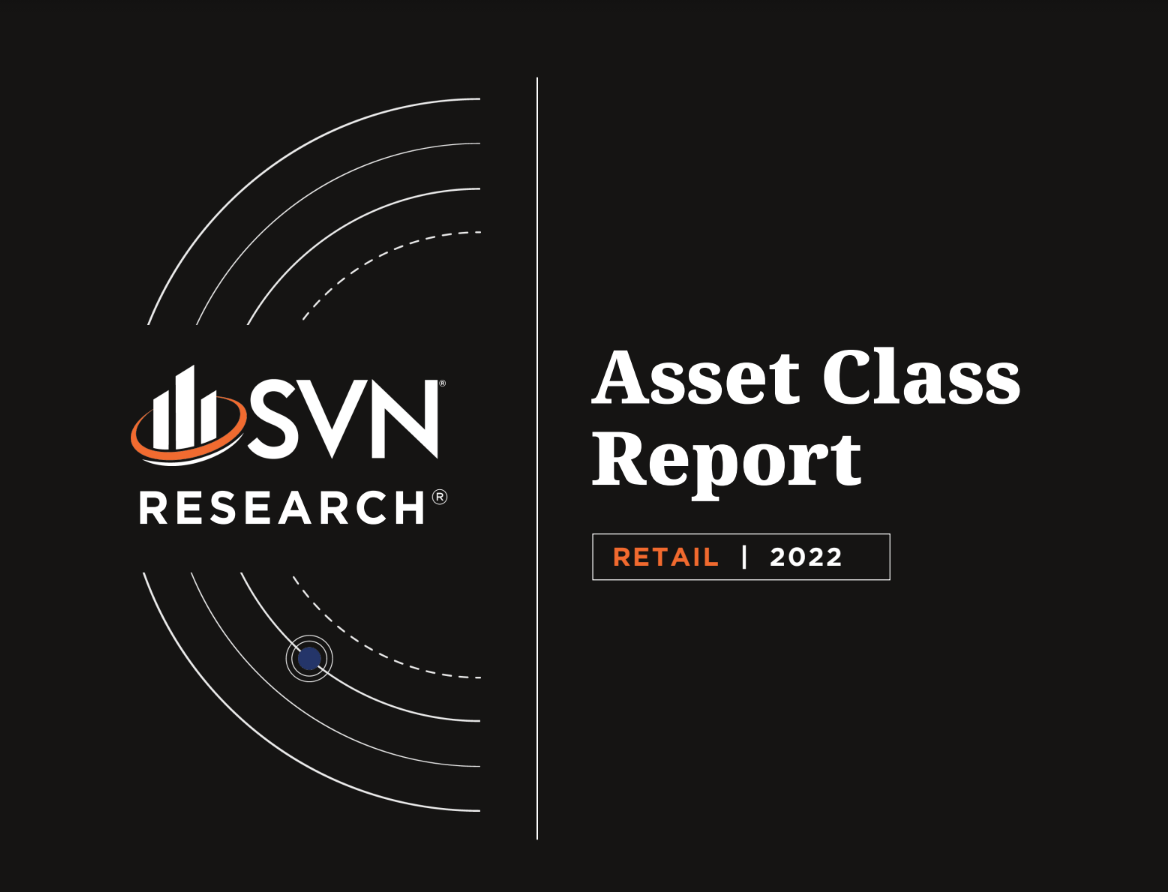admin / October 31, 2022
Commercial Real Estate Economic Update 10.28.22
Commercial Real Estate Economic Update 10.28.22
Featured topics:
-
GDP
-
Beige Book Analysis
-
MSCI RCA Commercial Property Prices
-
Independent Landlord Rental Performance
-
Industrial Sector Woes
-
Student Housing
-
Office Demand
-
Existing Home Sales
-
Subleasing Activity
-
Consumer Confidence
1. GDP
• Real GDP increased by an annual rate of 2.6%% in Q3 2022, according to the advanced estimate released by the Bureau of Economic Analysis (BEA). The increase follows two consecutive quarterly declines in Q1 and Q2, moderating some concerns that the US economy is already in recession.
• Increases in exports, consumer spending, government spending, and nonresidential fi xed investment drove the climb in economic output. Meanwhile, private inventory investment and residential fixed investment declined during the quarter.
• Notably, the only GDP components that changed directionality from last quarter were nonresidential fixed investment and government spending. Both went from a drag on GDP in Q2 to a driver of GDP in Q3.
• The leading driver of increased exports was industrial supplies and materials, including petroleum and other non-durables. Services also increased, mainly travel and financial services. Within consumer spending, an increase in healthcare expenditures was partially offset by a decline in motor vehicle and food and beverage spending.
• Nonresidential fixed investment, which went from negative to positive quarter-over-quarter, was driven by equipment spending and intellectual property products while partially offset by a decrease in structures.
2. BEIGE BOOK ANALYSIS
• The mid-October release of the Federal Reserve’s Beige Book shows that economic activity expanded modestly across the nation compared to recent weeks. However, conditions varied greatly between industries and districts.
• Four of the twelve federal reserve districts reported flat activity while two noted declines—with the latter citing slowing or weak demand in the face of higher interest rates, inflation, and supply issues.
• Of the six that reported increased activity, travel and tourism rose sharply, while manufacturing activity held steady or expanded.
• Retail spending was reportedly flat across most districts as discretionary spending slowed while demand for services, specifically nonfinancial services, rose.
• Rising mortgage rates and elevated house prices continued to weaken single-family starts and sales but helped push up apartment leasing and rents.
• Commercial real estate experienced softening in both construction activity and sales as supply and labor shortages continue to slow activity, which higher borrowing costs have only exacerbated.
3. MSCI RCA COMMERCIAL PROPERTY PRICES
• Commercial real estate prices climbed by 11.1% year-over-year through September, according to the latest national all-property index released by MSCI RCA. This month’s increase was the weakest annual pace since early 2021.
• Price growth has eased in the face of rising financing costs and lower transaction activity. Transaction volume fell 21% year-over-year in the third quarter.
• Industrial retains its top spot, with prices growing 18.1% year-over-year, but saw growth dip below 20% for the first time in over a year.
• Apartments prices climbed 0.2% from August and registered a 15.9% increase year-over-year.
• Retail prices remained flat month-over-month but climbed 11.8% year-over-year through September from one year ago; still—annual growth in Retail has slowed for seven consecutive months.
• Office rates climbed 0.3% month-over-month from August and 6.8% year-over-year.
• Price growth in the six major gateway markets tracked by MSCI-RCA fell by 0.5% month-over-month and 3.7% year-over-year. Meanwhile, non-major metros climbed by 0.3% from August to September and 13.7% year-over-year.
4. INDEPENDENT LANDLORD RENTAL PERFORMANCE
• On-time collection rates for independently operated residential properties improved by 159 bps between September and October, rising to 81.9%, reaching a 2022 high. According to Chandan Economics’ Independent Landlord Rental Performance Report.
• October’s full payment rate is forecast to land at 92.5% by month’s end, representing a year-over-year improvement of 171 bps.
• Observing the state of Florida following the impact of Hurricane Ian, the report shows that of the preliminary estimate, 82.2% of independently operated apartments in Florida have successfully paid their October 2022 rents on time. Notably, the on-time payment rate in Florida remains above the national
average by 24 bps, despite the storm’s impact.
• Gateway markets maintained higher on-time payment rates than units located elsewhere for the tenth consecutive month. October’s on-time payment rate stands at 82.0% in Gateway units and 81.9% in non Gateway units.
• Small Multifamily rental properties (5-49 units) held the highest on-time payment rate of all sub-property types in October, coming in at 83.2%.
• Mid-priced rentals ($2,000-$2,499) continue to outperform all other price points, recording an on-time payment rate of 85.8% through October 15th— the highest mark for these (or any) rentals in 2022 to date.
5. INDUSTRIAL SECTOR WOES
• Below-expectation earnings from Prologis for the third quarter rattled its share price this week and joined some other signals of relative concern in the Industrial market.
• Several indicators, including a decline in the Philadelphia Fed’s Capital Expenditures Index and transaction data from MSCI Real Capital Analytics, indicate a decrease in buying activity within the sector, and Prologis
acknowledges that some of their customers have publicly indicated their plans to pause Capex spending.
• However, Prologis CFO Tim Arndt states several customers have indicated “an overarching need to increase space as supply chain resiliency remains a top concern.”
• Vacancy rates remain at or near all-time lows in much of the country, sitting at just 1.7% in US coastal markets. As a result, space for new facilities has become increasingly scarce.
• According to statements by the company, although large customers like Amazon have slowed their buying pace, potentially due to overbuying in previous quarters, they have not given up on previously
acquired space.
6. STUDENT HOUSING
• Occupancy in Student Housing stands at 96.6%, with assets seeing 4.1% year-over-year rent growth, according to the Fall 2022 Report Card by Yardi Matrix.
• The report card tracks housing units across 200 universities and found that preleasing had accelerated faster at schools with higher levels of selectivity and enrollment. Still, schools across the board saw an improvement in occupancy and incomes.
• 12 of 200 universities experienced double-digit growth in preleasing through September 2022 compared to one year before. Washington State University and the University of Houston topped the list, climbing by 18.9% and 16.4%, respectively.
• While enrollment nationwide remains below peak, the number of universities returning to full capacity climbed dramatically in the past year.
7. OFFICE DEMAND
• VTS’ latest office demand index (VODI) increased in September, joining several other metrics signaling an uptick in office activity following the Labor Day holiday.
• The VODI ticked up from an index reading of 46 to 48 in September. The index level indicates the percentage of office demand relative to a pre-pandemic benchmark.
• Similarly, weekly data by Kastle Data systems shows that most offi ce tenants have returned to the office at least part-time. However, overall daily activity remains down by half of 2019 levels.
• Notably, after sharp declines throughout the summer, New York City offi ce activity has returned to 52 of pre-pandemic levels.
• The VODI remains down 23.3% quarter-over-quarter and 33.3% year-over-year, though the annual comparison is partially due to base effects from a post-vaccine office push in Mid-2021.
8. EXISTING HOME SALES
• Existing home sales fell by a seasonally adjusted -1.5% month-over-month, its eighth consecutive month of decline as rising interest rates slow homebuying demand.
• Three of the four major regions of the US saw monthly declines, while the West region saw transactions hold steady. First-time buyers accounted for 29% of all home sales in September, holding relatively steady
from previous months.
• Despite the weaker number of total sales, more than 25% of homes are selling above their listing price due to “limited inventory,” according to NAR Chief Economist Lawrence Yun. The median sales price for an existing home rose to $384,800, up 8.4% from one year ago.
• Utilizing data from Realtor.com’s Market Trends Report, the metros with the largest increases in list price growth were Miami (+28.3%), Memphis (+27.3%), and Milwaukee (+27.0%). Phoenix registered the highest
increase in the percentage of homes that had prices reduced compared to one year ago (+32.3%), followed by Austin (+27.4%) and Las Vegas (+20.0%).
9. SUBLEASING ACTIVITY
• According to a recent analysis by Trepp, sublease availability has been growing in smaller US cities over the past many months. In light of declining needs for office space among some of the nation’s largest employers, several have taken to subleasing to reduce their footprints and costs.
• Trepp’s analysis suggests an inverse relationship between subleasing activity and multifamily rent growth. Metro areas with high living costs, where many residents were lost during the pandemic, generally see higher rates of subleasing activity, notably Los Angeles and Minneapolis. Atlanta is a notable exception,
maintaining strong subleasing activity while having more robust multifamily growth relative to other large metros.
• Several firms in California, including Meta, Verizon, and 8×8, have or are implementing plans to sublease their office spaces. The trend also appears to be developing in the life sciences space, with Biogen subletting some 18,000 square feet of space in Cambridge, MA.
10. CONSUMER CONFIDENCE
• According to the latest release by the Conference Board, consumer confidence decreased in October following consecutive increases in August and September.
• The overall index fell from a reading of 107.8 in September to 102.5 in October, while the “present situation” sub-index, which attempts to reduce the respondents’ inclusion of future expectations, fell even sharper.
• According to the Conference Board’s analysis of the report, infl ation concerns ticked up again in September after several months of gradual reduction. The trend is likely connected to the subsequent gasoline and
food prices acceleration over the same period.
• Respondents’ vacation plans were also reduced, though interestingly, intentions to purchase a home, an automobile, and other high-priced items rose despite upward pressure on borrowing rates.
• The expectations index declined more modestly than the present situation index but remained close to a reading of 80, a level that the index associated with a recession signal.
« Previous Next »

























